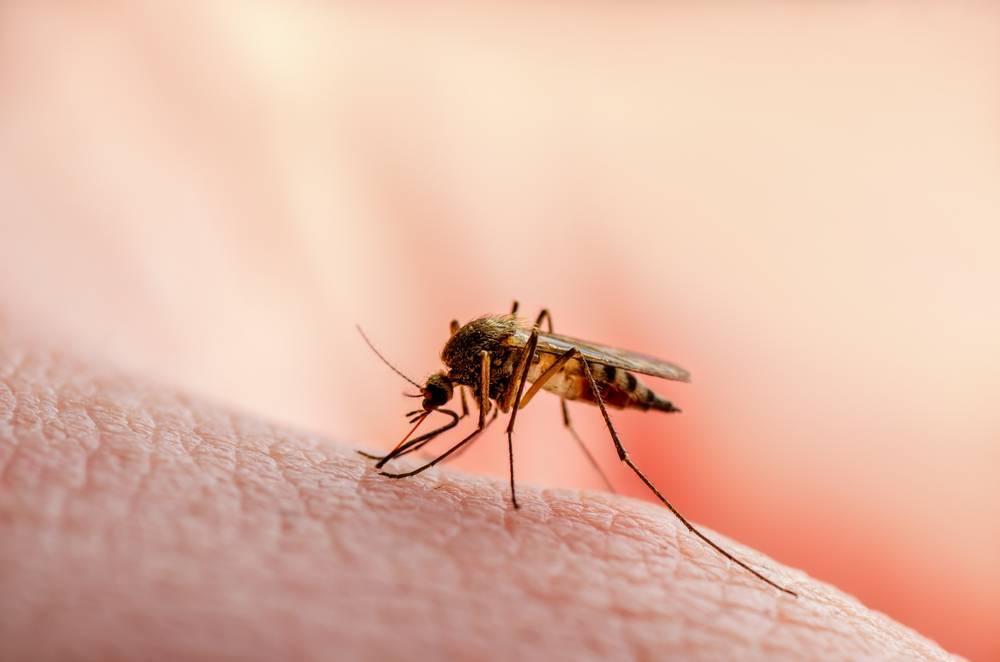The World Health Organization (WHO) has taken a significant step in the battle against malaria with the prequalification of the R21/Matrix-M malaria vaccine.
This key development, endorsed following the recommendations of WHO’s expert advisory groups in October 2023. It specifically targets the prevention of malaria in children. Developed by Oxford University and manufactured by the Serum Institute of India, the R21 vaccine focuses on combating the P. falciparum parasite. This parasite is a major cause of malaria in endemic regions.
Impact and Comparison
Malaria is a major public health concern, especially in poor, tropical, and subtropical regions. This disease poses a particularly severe threat in Africa due to factors like efficient malaria-transmitting mosquitoes (Anopheles gambiae complex) and favourable weather conditions for year-round transmission.
In 2020, malaria caused an estimated 627,000 deaths globally. The majority being young children in sub-Saharan Africa. Young children and pregnant women are the most vulnerable groups, as they have little to no immunity against malaria.
Against this backdrop, the WHO’s prequalification of the R21/Matrix-M vaccine, following RTS,S/AS01, is a crucial step. Both vaccines are effective in preventing malaria in children, who are among the most affected groups. The implementation is expected to have a significant impact on reducing the incidence and mortality of this deadly disease.
Addressing Vaccine Demand and Supply Challenges
The prequalification of the R21/Matrix-M malaria vaccine by WHO is a significant step in addressing the high global demand for effective malaria vaccines. Developed by Oxford University and manufactured by the Serum Institute of India (SII), the R21/Matrix-M vaccine’s entry into the market is expected to expand the supply considerably. Previously, the supply of the first malaria vaccine, RTS,S, was insufficient to meet the needs of all children in the highest-risk areas. The Serum Institute of India has announced its capacity to produce 200 million doses of the R21/Matrix-M vaccine each year.
However, the distribution and supply of malaria vaccines face various challenges. The complexity of malaria’s life cycle, genetic diversity of the parasite, technical obstacles, limited funding. The impacts of global events such as the 2019 pandemic have posed significant hurdles in vaccine development and distribution. The WHO has provided a framework for the allocation of limited malaria vaccine supply.
Expert Perspectives
Dr. Tedros Adhanom Ghebreyesus, WHO Director-General, remarked, “As a malaria researcher, I used to dream of the day we would have a safe and effective vaccine against malaria. Now we have two.” He stressed the vital role of the second vaccine in protecting more children quickly and advancing towards a malaria-free future, especially given the high demand and limited supply of the RTS,S vaccine.
Dr. Matshidiso Moeti, WHO Regional Director for Africa, noted the significance of this development for Africa, stating, “This second vaccine holds real potential to close the huge demand-and-supply gap. Delivered to scale and rolled out widely, the two vaccines can help bolster malaria prevention and control efforts and save hundreds of thousands of young lives in Africa from this deadly disease”.
Future Outlook
The prequalification of the R21/Matrix-M malaria vaccine marks a turning point in the global effort. This advancement, alongside the previously recommended RTS,S vaccine, promises to address the critical need for effective malaria prevention, especially among vulnerable children in Africa and other malaria-endemic regions.
Looking ahead, the increased availability and distribution of these vaccines could significantly reduce cases and deaths, moving us closer to the goal of eradicating this devastating disease. Continuous efforts in development, distribution, and public health strategies will be key to realising a future free from the burden of malaria.
References
- WHO prequalifies a second malaria vaccine, a significant milestone in prevention of the disease. (2023, December 21). https://www.who.int/news/item/21-12-2023-who-prequalifies-a-second-malaria-vaccine-a-significant-milestone-in-prevention-of-the-disease
- World News in Brief: Latest Sudan fighting displaces thousands, second malaria vaccine, Russian dissidents ‘disappeared.’ (2023, December 21). UN News. https://news.un.org/en/story/2023/12/1145042
- Highly effective, R21/Matrix-MTM malaria vaccine developed by. (2023, December 21). https://www.ox.ac.uk/news/2023-12-21-highly-effective-r21matrix-m-malaria-vaccine-developed-university-oxford-and-serum
- Malaria’s Impact Worldwide. (n.d.). https://www.cdc.gov/malaria/malaria_worldwide/impact.html.
- WHO recommends R21/Matrix-M vaccine for malaria prevention in updated advice on immunization. (2023, October 2). https://www.who.int/news/item/02-10-2023-who-recommends-r21-matrix-m-vaccine-for-malaria-prevention-in-updated-advice-on-immunization
- Oxford R21/Matrix-MTM malaria vaccine receives WHO recommendation for. (2023, October 2). https://www.ox.ac.uk/news/2023-10-02-oxford-r21matrix-m-malaria-vaccine-receives-who-recommendation-use-paving-way-global
- R., Tiwari, R. V. C., Singh, V., Kumar, A., Gupta, R. N., Singh, A. K., Gautam, V., & Kumar, R. (2023, September 14). Advancements and Challenges in Developing Malaria Vaccines: Targeting Multiple Stages of the Parasite Life Cycle. ACS Infectious Diseases. https://doi.org/10.1021/acsinfecdis.3c00332
- Framework for the allocation of limited malaria vaccine supply. (n.d.). https://www.who.int/publications/m/item/framework-for-allocation-of-limited-malaria-vaccine-supply

